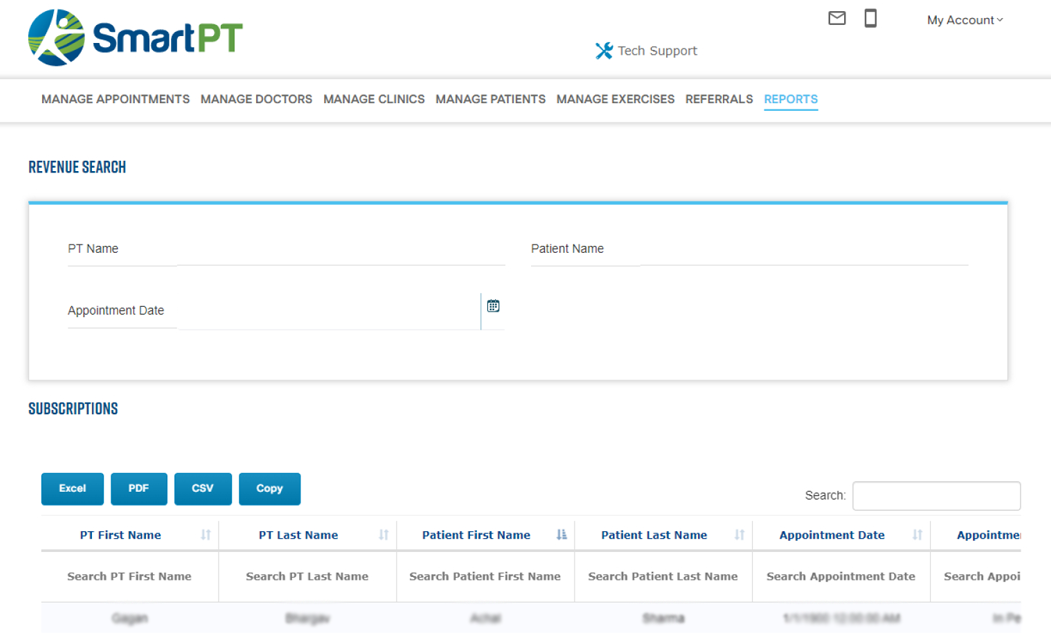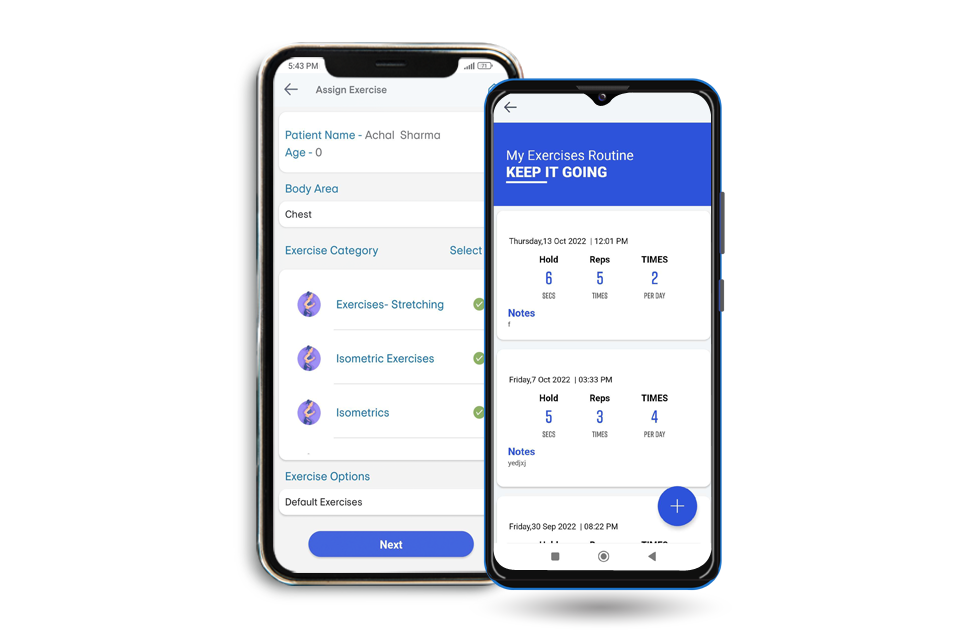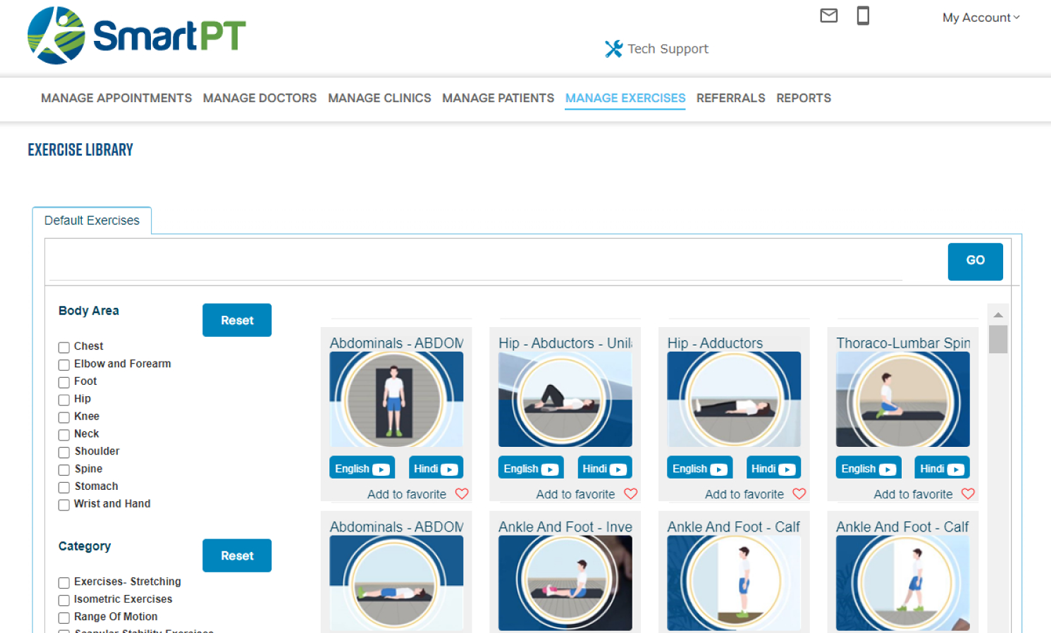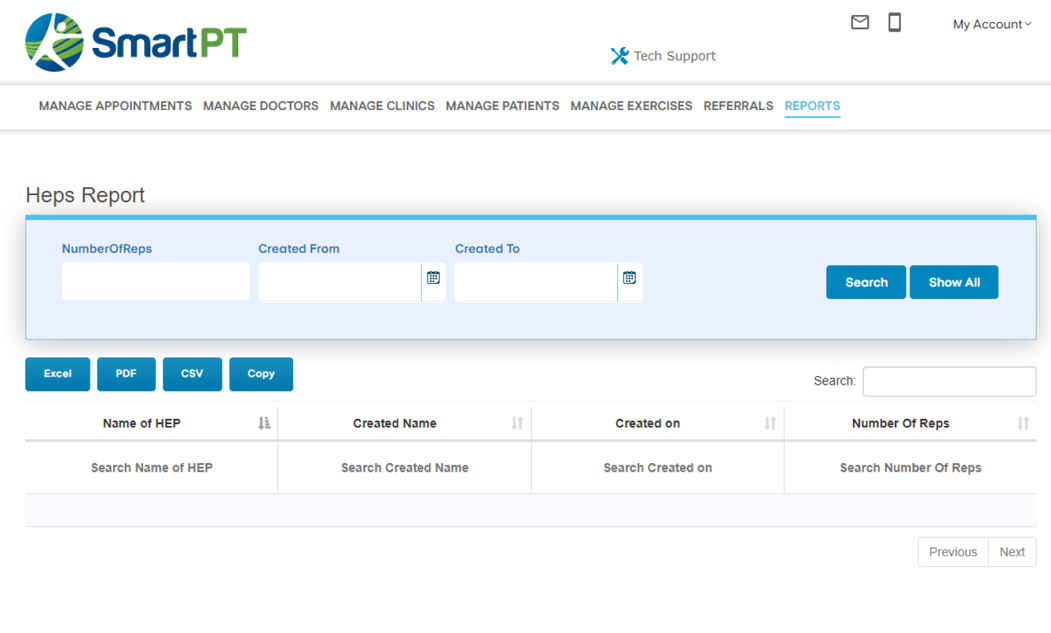Have an in-depth conversation with PT K.P. Manu
Physical therapy is not just about treating injuries, but also preventing them. By addressing underlying issues and providing education, physical therapists can help patients avoid future injuries and improve their overall health. Get a deeper and more meaningful understanding of physical therapy from an expert.
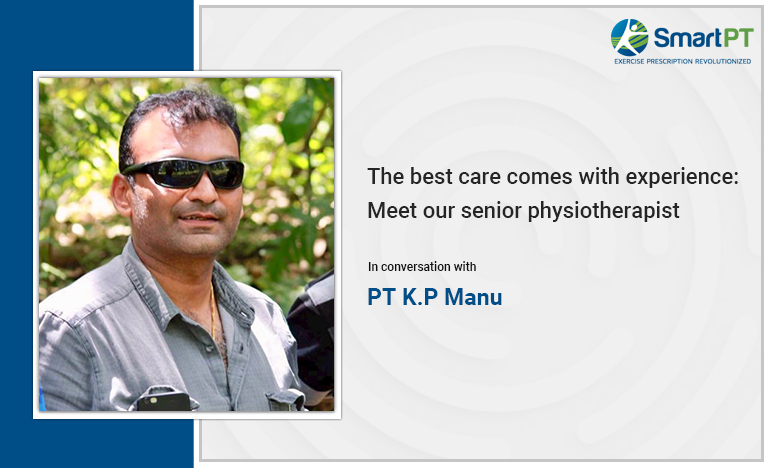
Who did we Interview?
K.P. Manu is a senior physiotherapist who has a demonstrated history of working in the hospital and healthcare industries. He is skilled in Health Promotion, Acute Care, Physical Therapy, Critical Care Nursing, and Orthopedic & Neurological Surgery. He helps patients improve their range of motion, strength, flexibility, and overall physical well-being. With his compassion, dedication, and commitment to excellence, he is a vital partner in the patient’s journey to recovery.
Starting with the Questionnaire
Question 1: Can you discuss any particular specialties or areas of expertise that you have developed over your career as a physiotherapist?
In my experience, I have treated almost all types of cases, like Orthopedic, Neurologic, Pediatric, Geriatric, and Cardiothoracic. Even I got a chance to treat many complicated cases, like GB syndrome, and Dravit’s syndrome. At a famous Institute for Cardiovascular Research, I have confidently treated in ICU, Post-surgical cases with coma, and Intubated cases as well. In middle even, I got an additional charge as a Hospital Administrator and also as a College and Hospital Superintendent post for my administration skills.
Question 2: Over your 22 years of experience as a physiotherapist, how has the field evolved, and what changes have you seen in terms of techniques, technologies, and best practices?
Many orthopaedicians used to recommend therapy for just 4-5 days, which wouldn’t be carried out because a minimum of 10-15 days is needed. Initially, I used to counsel patients about this and persuade them to continue the treatment.
Compared to when I first started, there were relatively few instruments and approaches available.
For instance, the IFT machine’s settings used to need to be adjusted manually; now, everything is provided with micro-controlled programs that include conditions.
Question 3: What inspired you to become a physiotherapist?
After completing my 2nd PUC, my relative, who was also a District Surgeon at Government, advised me regarding this upcoming course. Also, I saw the importance of Physiotherapy after my grandfather’s hip replacement.
Question 4: What is your approach to building relationships with patients, and how do you establish trust and rapport with those you treat?
Firstly, I explain everything about the plan of treatment in a professional, clear, and well-behaved way. Nearly 70% of the patients I see now come to me through recommendations from patients who have been visiting me for the past 22 years.
Question 5: How do you stay up-to-date with the latest developments and research in the field of physiotherapy?
To be frank, I’m not changing anything since, as long as my existing treatment technique is delivering positive outcomes, I don’t see the need to change it.
However, there are some changes.
To Sum Up
With twenty years of extensive experience in the field of physiotherapy, K.P. Manu started his practice when there were only a few physiotherapists in Bangalore. Earlier, patients visited him through recommendations from orthopedics and neurologists. He then started treating home care cases and educating patients and their family members about his profession. Thereafter, patients started approaching him directly without any recommendations.






